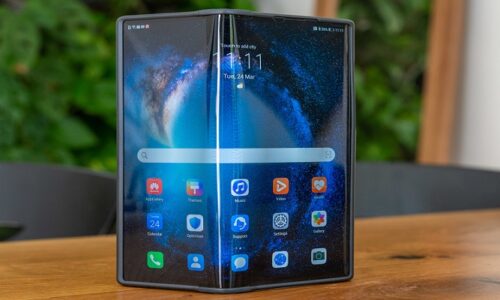Contactless payments are becoming more prevalent in a variety of settings. As a result of the 2020 Coronavirus pandemic, an increasing number of customers are searching for ways to pay for products and services without having to make physical contact, leading to an increase in the adoption of payment methods like mobile payments.
Interactive Voice Response Payments are one such option that is gaining popularity. It is a method for clients to give payment information to an automated system over the phone. IVR payments are a safe and convenient way to pay that may be used from any location and at any time. You can also avail self-service or agent-assisted IVR payment systems available now. Customers who use self-service systems make a phone call and are then connected to an IVR payment system where they may make debit or credit card payments. But that’s not all. Listed below are three other advantages it provides and why you should opt for it for your firm:

Enhanced Customer Journey: Employees for your call center are expensive to find, employ, train, and keep. You don’t want them to be occupied with informing someone of their account balance or listening to and entering 16-digit credit card information. For security concerns and to free up your team to deal with more sophisticated client questions that only trained staff can handle, you should offload these “Easy” calls to an automated IVR system. Allowing your employees more time to respond to crucial queries,
Time-saving & Effective: Callers may make a safe payment using their keypad instead of waiting on hold for a staff member to accept credit card or relevant information over the phone using the Payment IVR. Paying by phone requires almost no staff work and can take as little as 80 seconds for clients who have already saved their credit card information. When calls are redirected through a dependable and secure system, billing professionals may prioritise calls that aren’t covered by the IVR, reducing the crucial time spent primary sourcing data.
Secure Payments: Callers may make safe IVR payments using their keypad instead of waiting on hold for a staff member to accept credit card or electronic checking information over the phone using the Payment IVR. Paying by phone requires almost no staff work and can take as little as 90 seconds for clients who have already saved their credit card information. When “low hanging fruit” calls are routed through a dependable and secure system, billing professionals may prioritise calls that aren’t covered by the IVR, reducing the amount of time spent fielding primary data. People will only accept IVR technology as a complement to human customer care calls if they trust it.
Summing Up: Many businesses have found that the shift to Interactive Voice Response is painless, mainly because the alternative was riddled with human error, security concerns, and limits. The safe automated system is available 24 hours a day, seven days a week, allowing patients to pay their bills using credit cards when personnel are not present. Furthermore, firms like 1-800 Notify offer an IVR that can be used with any practice management, electronic health record, or billing software system.
Won’t you agree that the sky’s the limit with an IVR?

